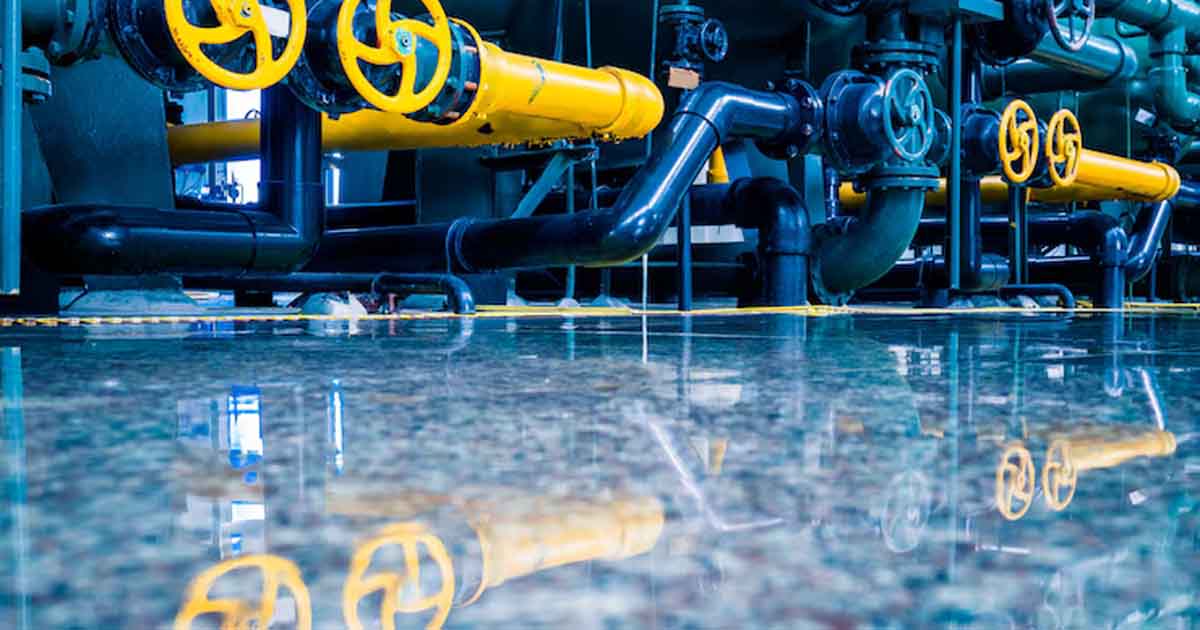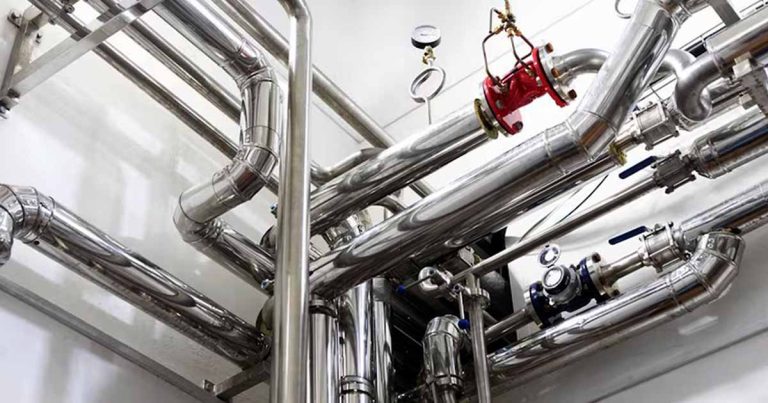Sewer vs. Septic Systems: What New York Homeowners Should Know
New York residents generally rely on city-connected sewer lines or private septic systems to manage wastewater at home. Understanding how each works, its pros and cons, and what maintenance it requires is critical, especially if you’re buying a home or planning upgrades. NYC Plumbing Solutions 24/7 explains the differences in this guide to help you make informed decisions.
Table of Contents
What is a Sewer System?
How City Sewer Systems Work
A sewer system is a centralized municipal infrastructure that collects wastewater from homes and businesses and transports it to a city-managed treatment facility. In New York City and many nearby towns, homes are connected to these systems via underground sewer lines that run through the streets.
Advantages of Using a Sewer System
- Minimal maintenance required by the homeowner
- The city handles sewer maintenance and treatment
- Ideal for densely populated urban and suburban areas
Disadvantages of Using a Sewer System
- Monthly utility charges or taxes
- Risk of sewer line backups or clogs from shared lines
- Homeowners are still responsible for the lateral line connecting their property to the main sewer
Our emergency plumbing services are available 24/7 to restore your system fast for emergencies like sewer backups or line clogs.
What is a Septic System?
Components of a Septic System
A septic system is a self-contained, on-site wastewater treatment setup commonly found in rural or suburban areas. It includes:
- A septic tank (for separating solids and liquids)
- A distribution box
- A drain or leach field (for liquid waste absorption)
Advantages of Using a Septic System
- No monthly sewer bills
- Environmentally friendly with proper maintenance
- Independence from city infrastructure
Disadvantages of Using a Septic System
- Requires regular inspections and pumping
- Higher upfront installation cost
- Risk of system failure if not properly maintained
Maintenance Comparison: Sewer vs. Septic Systems
Proper maintenance extends the life of either system, but responsibilities differ significantly.
Sewer System Maintenance (City & Homeowner Responsibility)
- The city maintains the main sewer lines and treatment
- Homeowners maintain lateral sewer lines
- Avoid flushing inappropriate materials to prevent clogs
Septic System Maintenance (Homeowner Responsibility)
- Pumping every 3–5 years
- Annual inspections
- Careful water usage to avoid overloading the system
- Keep heavy vehicles off the drain field
| Maintenance Task | Sewer System | Septic System |
|---|---|---|
| Annual inspections | Rarely needed | Required |
| Septic tank pumping | Not applicable | Every 3–5 years |
| Drain field care | Not applicable | Homeowner’s responsibility |
| Responsibility for repairs | City (central lines), homeowner (laterals) | Homeowner |
Costs: Sewer vs. Septic Systems
Sewer System Costs
- Monthly sewer bills (typically $50–$100+, depending on location)
- Potential costs for lateral pipe repairs
Septic System Costs
- Installation: $8,000–$15,000+
- Maintenance: $300–$600 for pumping every few years
- Repair costs for malfunctioning tanks or drain fields
Over 20 years, total costs can be similar, though septic systems may cost more upfront.
Environmental Impact
- Sewer Systems: Treated in large-scale facilities, overflows during storms can lead to environmental concerns.
- Septic Systems: Naturally treat and filter wastewater onsite; however, neglect can contaminate groundwater.
Local Regulations for Septic Systems in New York
Homeowners using septic systems in New York must follow:
- County and municipal health department regulations
- Permit requirements for new installations or upgrades
- Mandated inspections during home sales or renovations
Counties like Suffolk and Putnam enforce stringent regulations due to environmental concerns and groundwater protection.
Which is Right for Your Home? Considerations for New Yorkers
- Urban vs. Rural: Most NYC and suburban residents use sewers, while septic systems are more common in upstate and rural communities.
- Space Availability: Septic systems require adequate tank and drain field yard space.
- Long-term Planning: Resale value, maintenance commitment, and the availability of municipal sewer lines should all be considered.
If you’re unsure which system suits your property, a professional plumbing inspection can help you evaluate your current setup or assess a property you’re considering purchasing.
Frequently Asked Questions
How often should I pump my septic tank?
Every 3–5 years, depending on household size and water usage.
Can I connect my septic system to the city sewer if lines are available?
Yes, permits and professional installation are required and may involve disconnecting and properly decommissioning the old septic tank.
Are septic systems more environmentally friendly than sewers?
Septic systems can be, provided they’re properly maintained. They return water to the ground through natural filtration.
What are the signs of septic system failure?
Slow drains, sewage smells, pooling water in the yard, and unusually lush grass over the drain field.
Who handles repairs if my sewer line backs up?
The city handles issues beyond your property line, but you are responsible for the lateral sewer line on your property. If backups occur, contact emergency plumbing experts immediately.
Both sewer and septic systems play vital roles in managing household wastewater, and each has its own advantages, maintenance responsibilities, and costs whether you’re connected to a city sewer system or rely on a private septic setup, understanding how your system works is the key to avoiding problems and costly repairs.
Need help maintaining or inspecting your wastewater system? Contact NYC Plumbing Solutions 24/7 at +1-332-233-7252 or visit our services page to learn more about how we can help protect your home and plumbing system.







